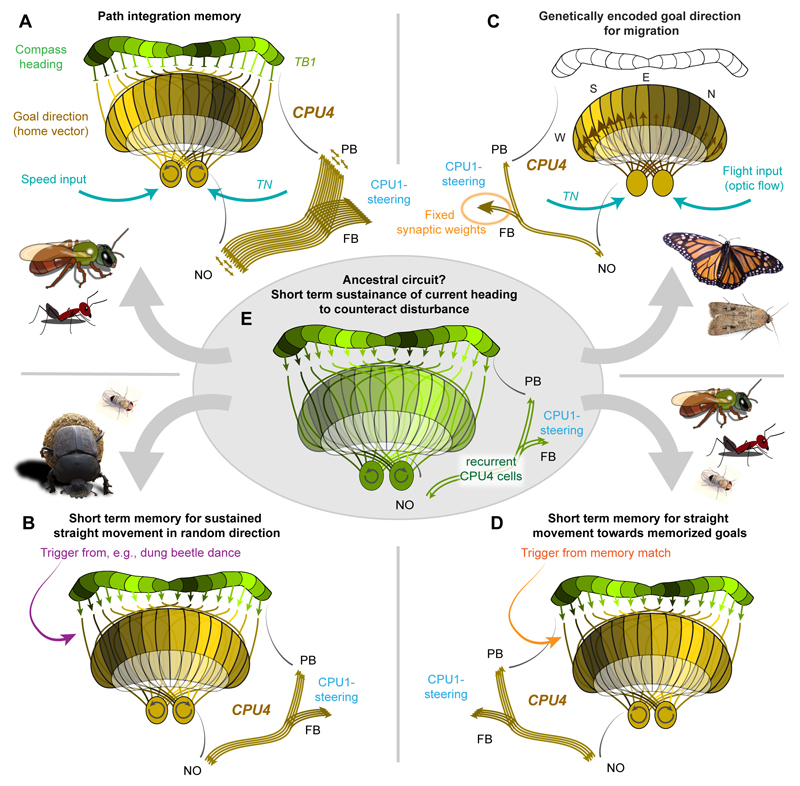Fig. 6. A common framework for encoding navigational decisions in the insect CX.
(A) Illustration of how compass signals from the PB could be integrated with a speed signal arriving at the noduli to produce a distributed representation of the home vector across FB-columns during path integration, based on the model by Stone et al. (2017). In the model, the home-vector memory resides in CPU4-neurons, which form recurrent connections between PB-columns and the NO. At least 18 individual CPU4-cells per column exist in bumblebees (Stone et al., 2017), suited to form local microcircuits to sustain a lasting, activity-based working memory. CPU4-output in the FB could directly signal the desired heading to steering cells. (B) Similarly, a direction code can be achieved for straight-line orientation in dung beetles (or menotactic orientation in random directions in general) by transferring the current heading signal from the PB to CPU4-neurons. A modulatory signal, e.g. during the dung beetle dance, could trigger the imprinting of the direction code on the CPU4-population. Stability of the memory over the time of the behaviour would require several CPU4-neurons per column. (C) Adjusting synaptic weights between CPU4 and CPU1-cells in a sinusoid manner would allow genetic encoding of migratory directions. Evenly distributed activity across all CPU4-cells (driven by optic flow input) would signal an activity bump to the CPU1-cells according to synaptic weight distribution, guiding the animal towards the migratory heading upon deviation. (D) A similar mechanism could be used for route following based on memorized visual snapshots. If the current view of the animal matches a memorized snapshot, the resulting positive valence output from the memory centres (e.g. mushroom body) could serve as trigger to imprint the current view as temporary desired heading (Collett and Collett, 2018). (E) Based on the path integration model by Stone et al. (2017) we propose a simplified circuit, lacking memory, speed input and the large number of CPU4-cells as possible ancestral circuit, suited to store a copy of the current heading representation in CPU4-neurons for a short amount of time. In case of disturbance, the original heading can be regained via the CPU1 based steering mechanism, using the information stored in CPU4-cells.

